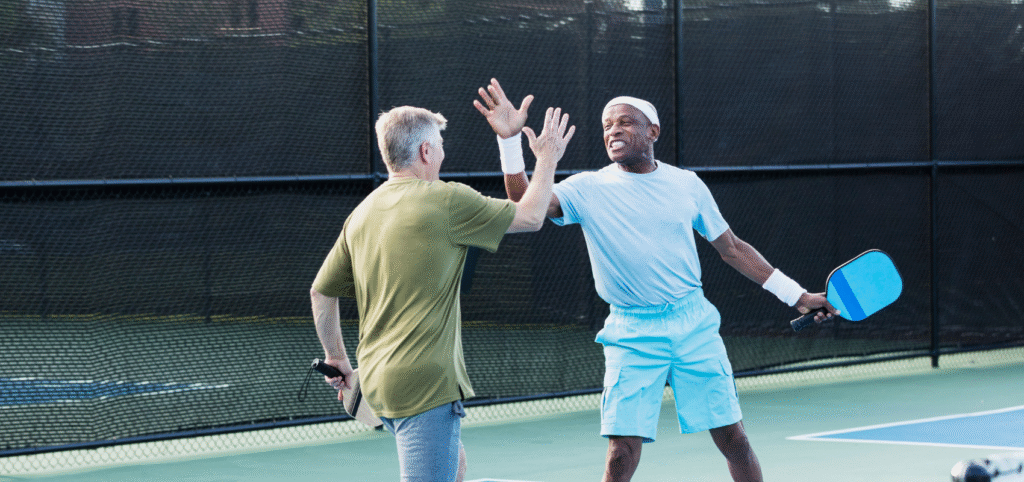“Garrett, I’m too old to strength train.”
If I had a penny for every time I heard this statement, I’d be a rich man! Really, I would. More recently:
“Dr. Kellar, aren’t some people too old to do strength training?”
What? No! A person is never — yes, never — too old to strength train!
As one ages, one loses muscle. As muscle is lost, strength is lost. As strength is lost, the ability to carry out activity is lost. Need I go on?
Of course I do!
Strength training has the ability to stop, or at the very least slow down — or as I liked to say, “punch these changes in the nose!” — the impacts of aging, such as muscle weakness, risk of falls, decreased quality of life and ability to do activities of daily living. And that’s just a couple impacts we can see!
Strength training also “punches changes in the nose” that we can’t see, like the ability to use glucose (or sugar), cholesterol and fat accumulation, and the ability to create and utilize energy.
All these things we can and can’t see contribute to our ability to remain independent as we age.
I know what you’re thinking: “That all sounds great, but I’m worried about my health too!”
What if I told you that there are many studies that show the distance a person can walk in six minutes; how fast a person walks; how many times they can stand from a chair; how hard they can grip; and how fast one can get up from a chair, walk around a cone, and sit down, all can predict not only sickness and death, but hospitalizations?
Don’t all those benefits of strength training sound glorious for older adults? Of course they do! The problem is, a very small amount of older adults participate in strength training (8.7% of adults >75).
But the barriers for older adults to do strength training are really the reasons they should do strength training (health, pain, fatigue, fear, safety). We, as exercise professionals, need to educate our patients, clients, family, friends, neighbors, even health care professionals, on not only the safety of strength training but the massive amount of benefits! And not just to look better, but to feel better, move better and have a better quality of life!
Well, how do we help people achieve all these awesome benefits?
Let’s shoot for at least two days per week. It’s ok to go heavier (60-80% 1-RM), or we can go lighter to focus more on power (30-60% 1-RM) because this is important too! Let’s try 1-3 sets and anywhere from 6-15 repetitions. Whatever gets our older adults interested in strength training, that’s what we should do. Let’s not be afraid to mix it up and add some balance and functional exercises into those strength training exercises also (two or three birds, one stone)!
So, again, when is one too old to strength train? Let’s say it together: NEVER! Let’s also remember to make strength training a priority for our older adults.

Garrett Kellar, EdD, ACSM-CEP, ACSM-EP, EIM3 is an assistant professor and program director of exercise science at Youngstown State University. He is a graduate of Indiana University of Pennsylvania (where he recently won the Young Alumni Achievement Award) and the University of Pittsburgh. Dr. Kellar has over 15 years of clinical experience in cardiac and pulmonary rehab, and exercise testing and prescription for older adults. Dr. Kellar currently serves on ACSM’s Exercise is Medicine Older Adult Committee as well as multiple American Association of Cardiovascular and Pulmonary Rehabilitation (AACVPR) committees.




